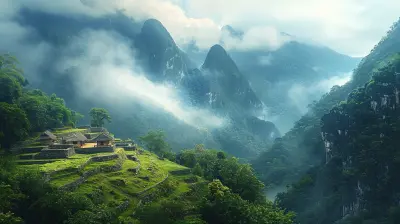How to Photograph Famous Landmarks Like a Pro
3 September 2025
Capturing the perfect shot of world-famous landmarks can be both exciting and challenging. Whether you're standing in front of the Eiffel Tower, gazing at the Grand Canyon, or admiring the intricate details of the Taj Mahal, you want your photos to stand out. But how do you avoid taking just another tourist snapshot?
In this guide, I'll walk you through some pro tips to help you level up your landmark photography. No fancy gear is required—just a bit of creativity, patience, and the right techniques. Let’s get started! 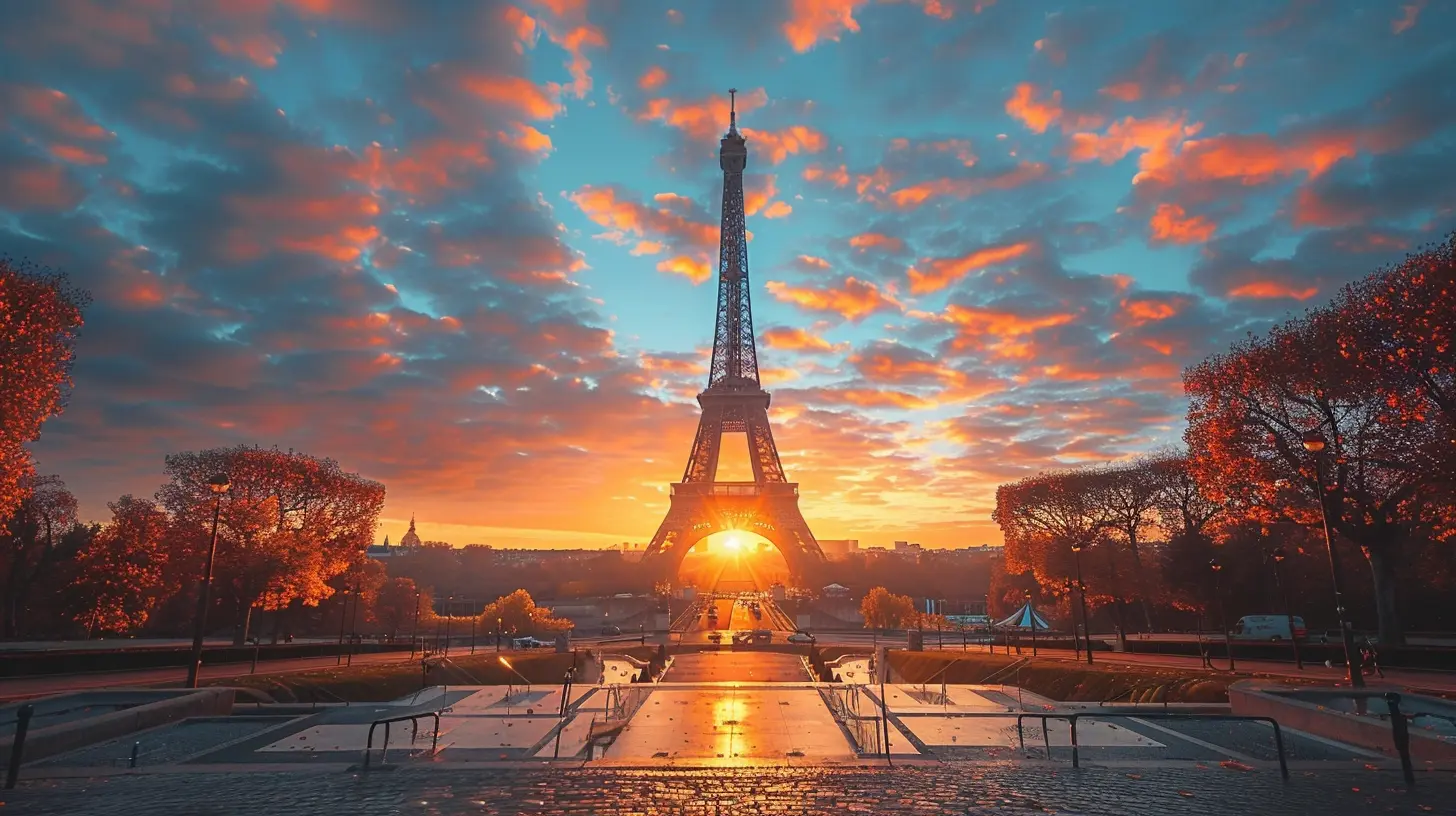
1. Plan Ahead for the Best Shots
Timing is Everything
If you want to capture a landmark in its best light, early mornings and late afternoons (also known as the golden hours) are your best friends. The soft, warm lighting during these times adds depth and drama to your photos, avoiding harsh midday shadows.Want fewer crowds? Sunrise is your answer. Most tourists are still sleeping, giving you a clean shot without dozens of people in the frame.
Check the Weather Forecast
A perfect blue sky might seem ideal, but don’t underestimate the beauty of a stormy sky or a light drizzle—it can add mood and uniqueness to your shot. Check the forecast and plan accordingly to enhance your photos with natural drama.Research Unique Angles
Before you even visit the location, look at existing photos of the landmark. What angles are overused? What perspectives seem fresh and unique? Try capturing the landmark from an unexpected viewpoint—maybe a reflection in a puddle, through an archway, or even from a drone perspective (where permitted).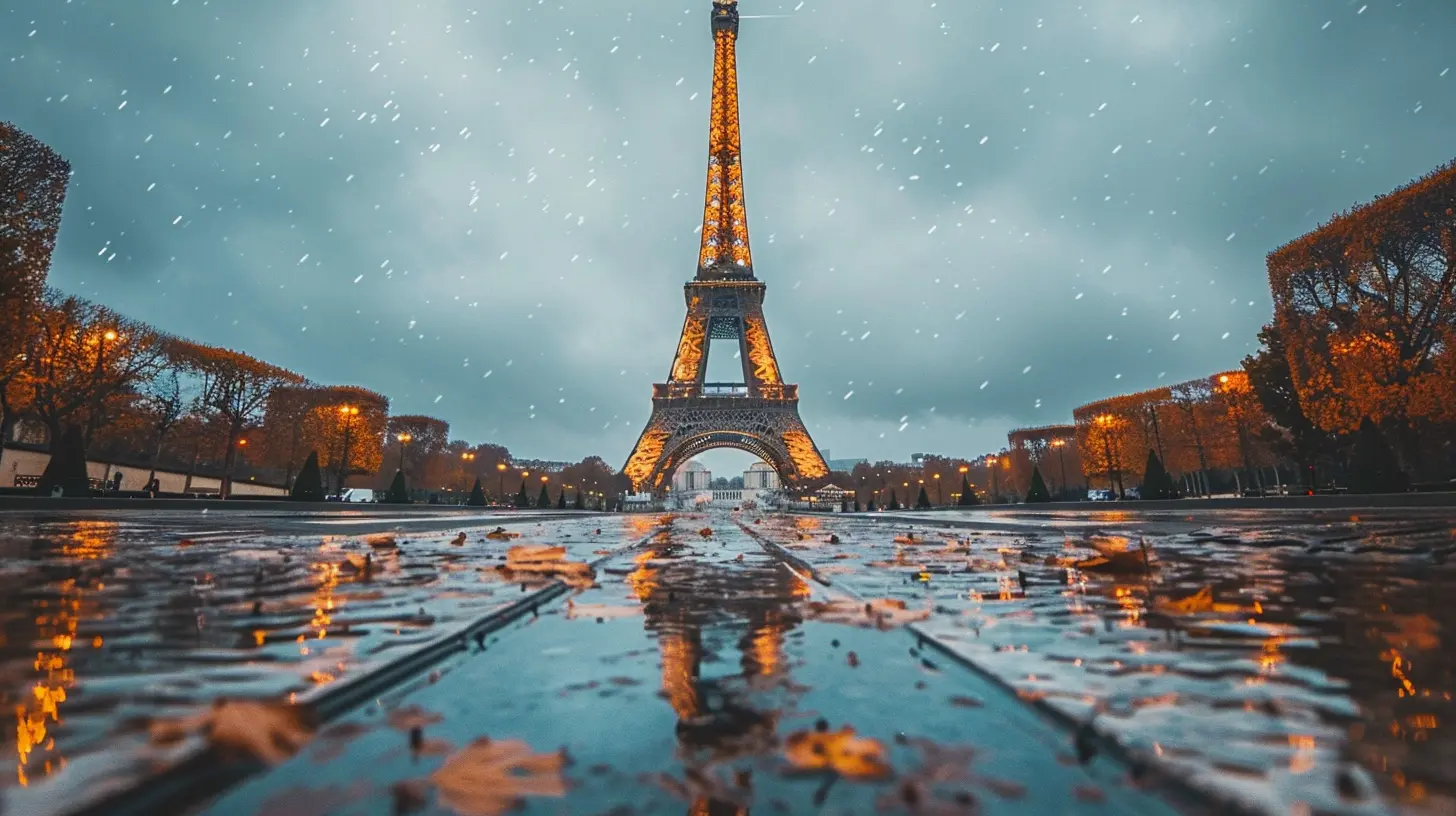
2. Use the Right Camera Settings
You don’t need an expensive camera to take stunning shots, but knowing your settings can make a big difference.Use a Low ISO for Crisp Images
A lower ISO (100-200) ensures finer details and less noise in your photos. However, if you're shooting at dusk or in low light, you may need to raise it slightly.Optimal Aperture for Sharpness
For landscape-style landmark shots, an aperture between f/8 and f/16 generally produces sharp results. This keeps both the foreground and background in focus.Use a Tripod for Stability
If you're capturing long-exposure shots (night photography, waterfalls, etc.), a tripod is essential. It eliminates camera shake and ensures sharp, professional-looking images.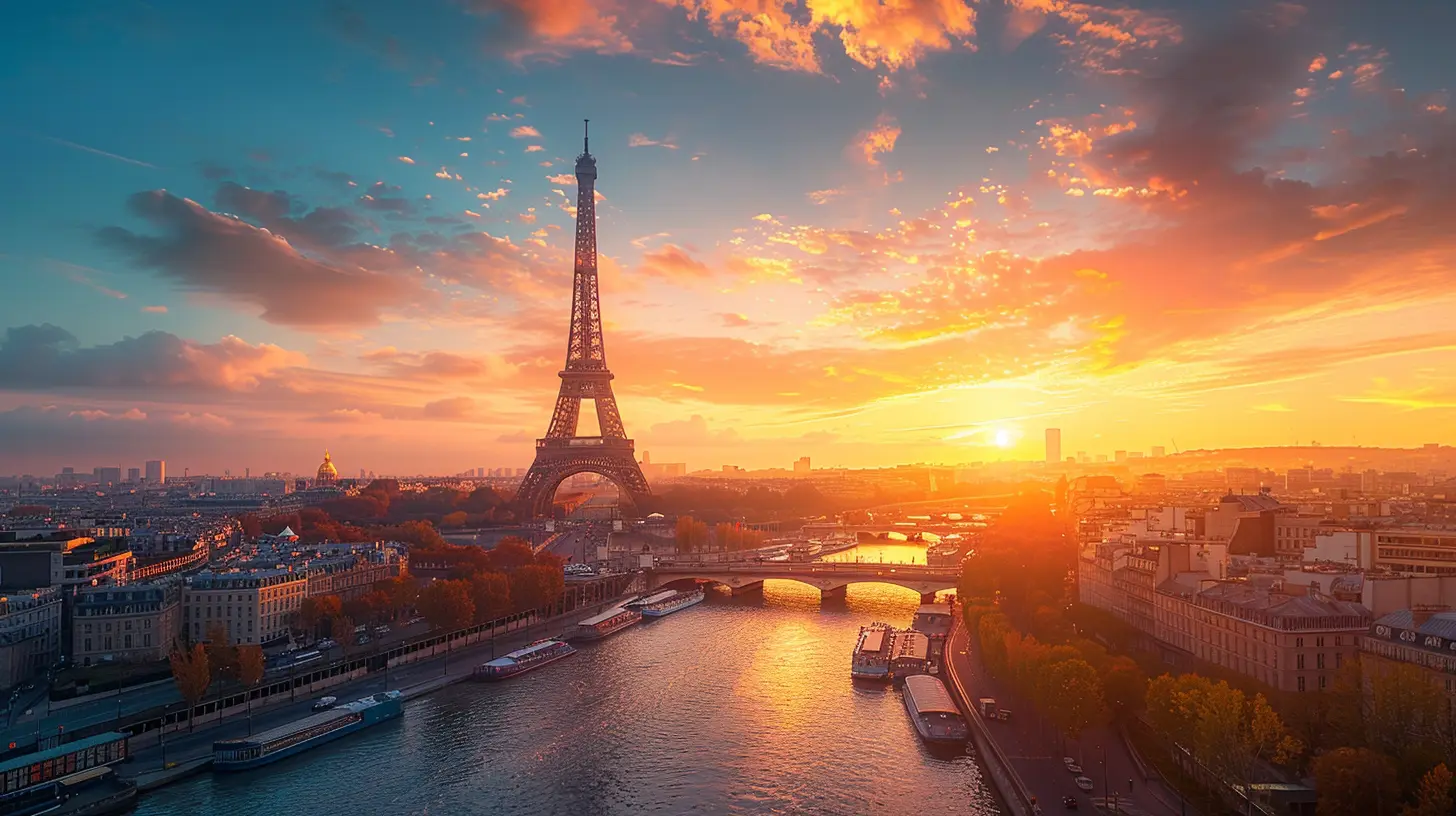
3. Composition Techniques to Elevate Your Shots
Rule of Thirds
Instead of placing the landmark dead center, divide your frame into thirds, both horizontally and vertically. Placing the landmark along one of these lines creates a more visually appealing composition.Leading Lines
Use natural lines—roads, pathways, railings, or rivers—to guide the viewer’s eye toward the landmark. This adds depth and makes the composition more dynamic.Frame Within a Frame
Look for arches, windows, trees, or even other buildings to naturally frame the landmark. This creates layers and a more immersive perspective.Scale and Perspective
To showcase how grand a landmark is, include a person or object in the foreground. A lone traveler standing in front of the Colosseum instantly adds a sense of scale.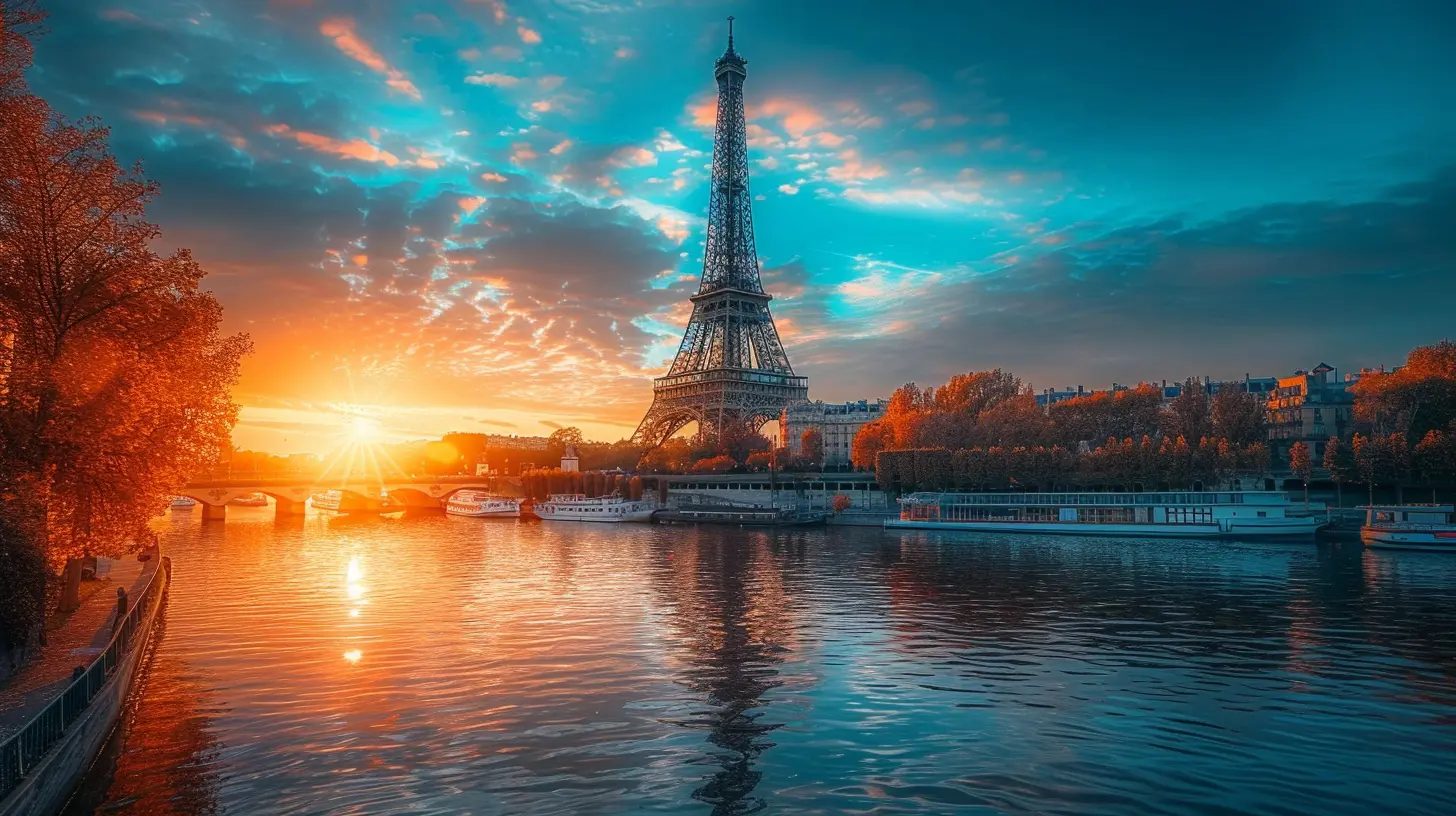
4. Avoid Touristy Photos
Don’t Just Copy the Postcard Shot
The classic "in front of the landmark" photo is fine, but if you want something extraordinary, think differently. Step back, capture interactions, or focus on interesting details that others may overlook.Capture the Essence, Not Just the Structure
A landmark isn’t just a physical structure; it has energy, history, and surrounding culture. Capture local street life, unique architectural features, or the way light plays off the surfaces to tell a more compelling story.5. Master the Art of Editing
Even the best shots can benefit from post-processing. Here’s how you can enhance your images without making them look unnatural:Adjust Lighting and Contrast
Sometimes, a slight tweak in brightness or contrast can make all the difference. Use apps like Lightroom, Snapseed, or VSCO for subtle yet powerful enhancements.Enhance Colors Naturally
Boosting vibrancy can make your landmark photos pop, but don’t overdo it. Oversaturated images can look fake and unappealing.Crop for a Stronger Composition
If distractions sneak into your frame, cropping can help refocus the viewer’s attention on the subject.6. Night and Sunset Photography Tips
Landmarks often look magical at night, but capturing them requires a few adjustments:Use a Tripod for Long Exposures
Night photography often needs a slower shutter speed, which means any slight movement can blur your shot. A tripod ensures stability.Adjust White Balance
Different light sources (streetlights, neon signs, etc.) can give your photo an unnatural color cast. Adjust the white balance to get true-to-life colors.Shoot in RAW Format
RAW files allow you to edit your images more effectively without losing quality. If your photo is too dark or too bright, RAW format gives you more flexibility in post-processing.7. Capture Candid and Unique Moments
Instead of just snapping the landmark, try capturing people interacting with it—a musician playing near the Eiffel Tower, a couple enjoying the sunset by the Sydney Opera House, or a street vendor in front of the Great Wall of China.Candid shots tell a richer story and help your photos feel more alive.
8. Respect Local Rules and Cultures
Check Photography Restrictions
Some landmarks prohibit tripods, drones, or flash photography. Always check the rules beforehand to avoid any trouble.Respect Privacy and Traditions
If you're photographing people near landmarks, especially in cultural or religious sites, always ask for permission first. A little courtesy goes a long way.9. Don’t Forget the Details
Sometimes, the little things around a landmark are just as photogenic as the main attraction itself. Think intricate carvings, street signs, or reflections in puddles. These details add depth to your travel album.10. Practice, Experiment, and Have Fun!
No one becomes a pro overnight. The more you practice, the better you’ll get. Experiment with different angles, lighting conditions, and compositions. And most importantly, have fun!Photography is all about creativity and storytelling. With these tips in mind, you’ll be capturing landmark photos like a seasoned pro in no time.
all images in this post were generated using AI tools
Category:
Travel PhotographyAuthor:

Winona Newman
Discussion
rate this article
2 comments
Lincoln Moore
Great tips! I'm excited to improve my photography skills at iconic sites.
December 2, 2025 at 3:22 AM
Amalia McCoy
Capture the essence of landmarks; let your lens tell unforgettable stories!
September 3, 2025 at 4:58 PM

Winona Newman
Thank you! Capturing the essence of landmarks truly enhances storytelling through photography. Excited to share tips on making your images unforgettable!
